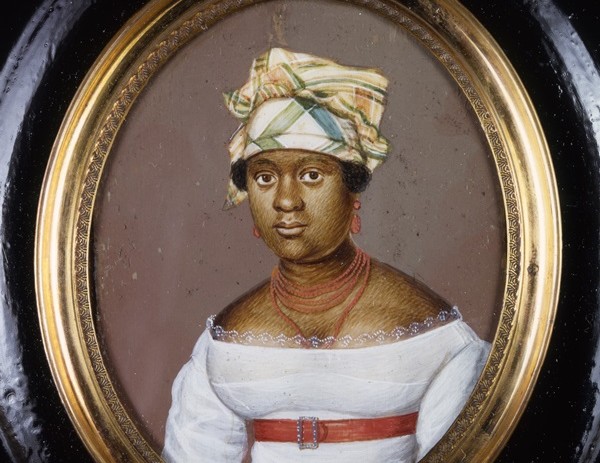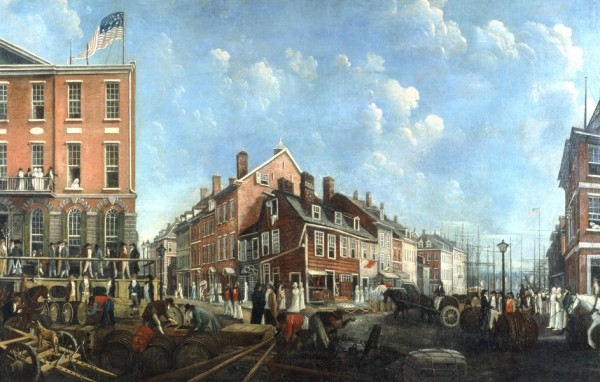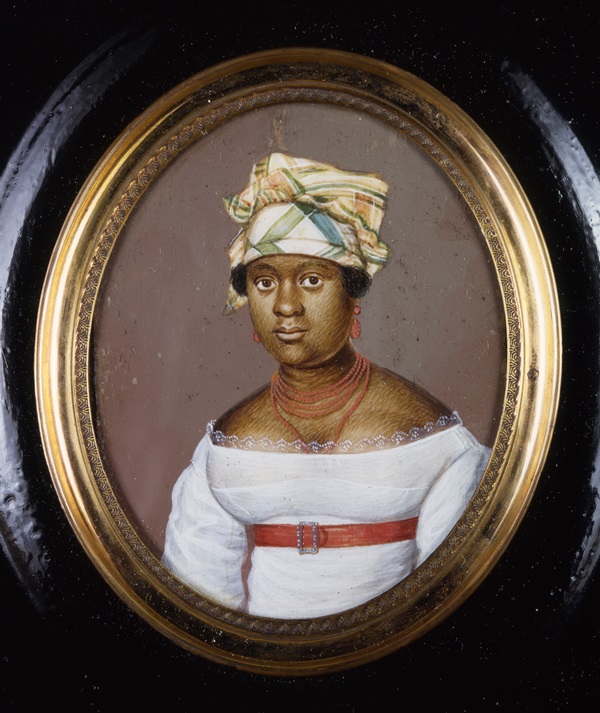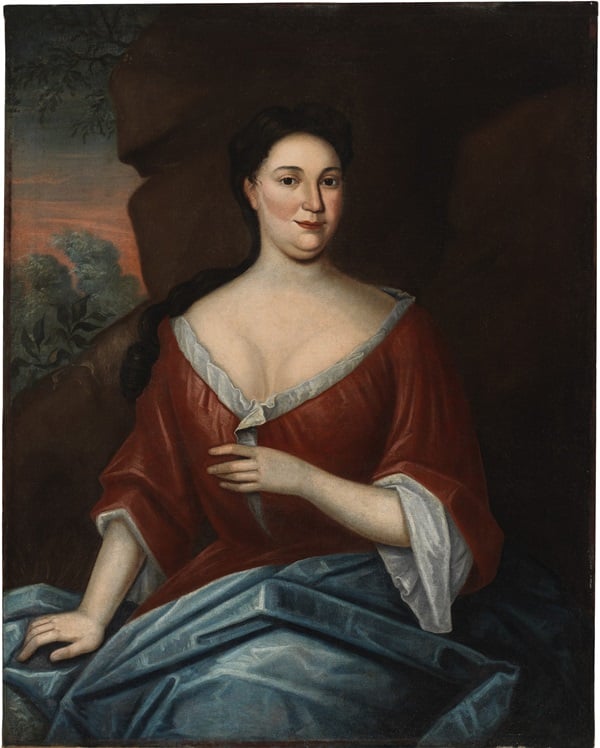Art & Exhibitions
See Gracie Mansion’s Revamped Art Collection Before It Opens to the Public
The De Blasios have made radical changes.

The De Blasios have made radical changes.

Cait Munro


Francis Guy, Tontine Coffe House (Wall Street) (1797). Photo: Courtesy Gracie Mansion Conservancy.
It’s out with the old and in with the new at Gracie Mansion, where Mayor Bill de Blasio and his wife Chirlane McCray have given the art collection a diversity makeover, swapping out portraits of mostly white, male members of New York’s elite families for those of minorities, immigrants, and women.
Gracie Mansion has been closed for the past 18 months due to renovations, and will reopen on October 25, at which point New Yorkers will be welcomed in to see the reinstallation, titled “Windows on the City: Looking Out at Gracie’s New York.” Tickets to the October 25 open house are available by lottery, and public tours begin on November 10. The exhibition coincidentally marks the 35-year anniversary of the Gracie Mansion Conservancy, which manages the collection.

David Thomas Valentine and George Hayword, Attacks of Fort Washington by His Majesty’s Forces Under the Command of Genl. Sir Willm. Howe K.B. 16 Novr. 1776, 1861.
Photo: Courtesy Gracie Mansion Conservancy.
De Blasio and McCray worked closely with scholars and curators to handpick about 50 pieces to borrow from local institutions, which in addition to portraits also include documents and textiles from the late 1700s and early 1800s that relate to escaped slaves, Native Americans, Chinese artisans, women, and Jewish, Italian and Irish immigrants. The idea was to present a much broader view of what New York and America looked like during the colonial, revolutionary, and federal eras.
“The New York City experience has always been one of many peoples and many cultures. I’m delighted that this new installation will reflect our vibrant history—and remind us all that this city is always at its best when we make room for everyone,” Mayor de Blasio said in a press release.

Anthony Meucci, Juliet Noel (Mrs. Pierre) Touissaint.
Photo: Courtesy Gracie Mansion Conservancy.
“I can’t imagine anyone going through this life and looking up at the walls and handling objects with no reflection at all of who you are as a person and your contributions to what made that world,” McCray, who is African-American, told the Wall Street Journal. “I think it would be kind of strange.”
Paul Gunther, executive director of the Gracie Mansion Conservancy, told the New York Times that the house and its collection has changed subtly with every administration. But none of the changes have been quite as radical and timely as those made by the De Blasios.

Gerardus Duyckink, Grace Levy (1725).
Photo: Courtesy Gracie Mansion Conservancy.
The exhibition will include unlikely treasures like Chinese export porcelain, a Sephardic Jewish couple’s marriage certificate, slave manumission papers, and Native American beads, pottery and a tomahawk. A portrait of abolitionist, writer, and social reformer Frederick Douglass will replace one of Susan Wagner, the snowy blonde wife of former mayor Robert F. Wagner.
An eight foot-wide painting of a Brooklyn street scene painted circa 1820 by Louisa Ann Coleman will dominate one of the parlor rooms, which McCray says “suits a house with a strong personality.”